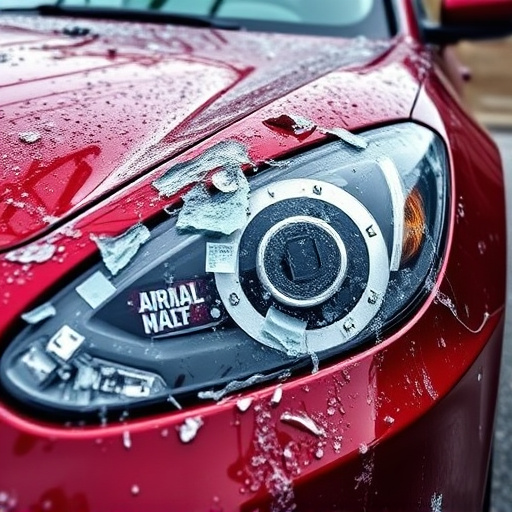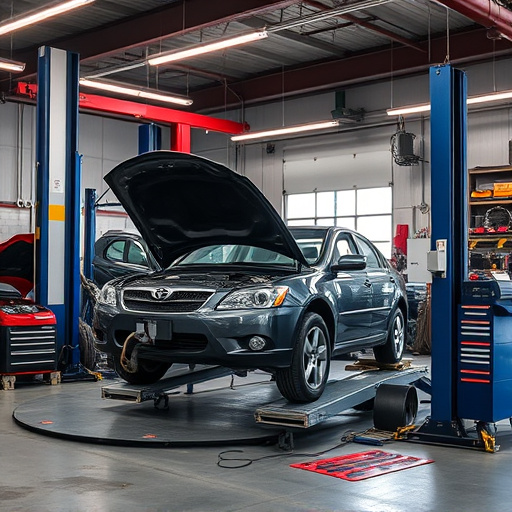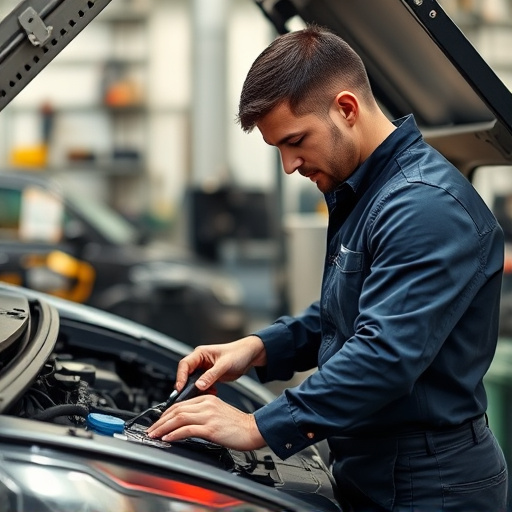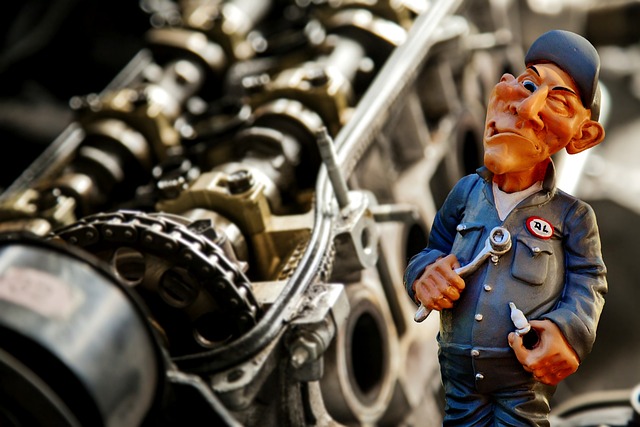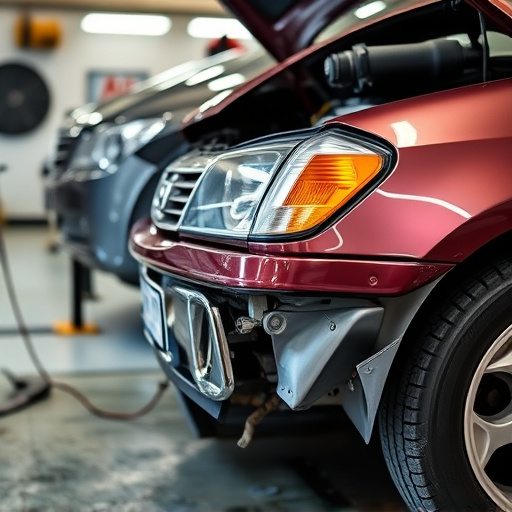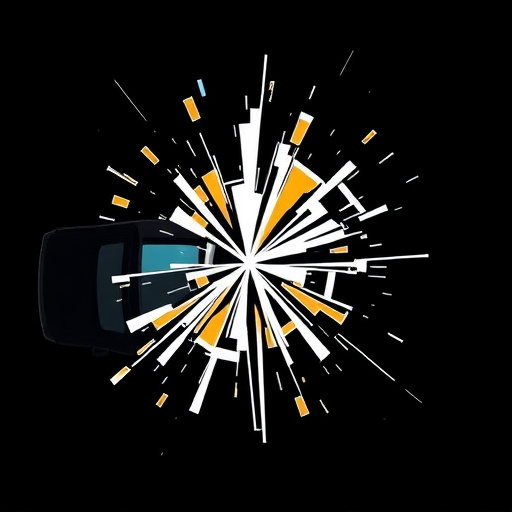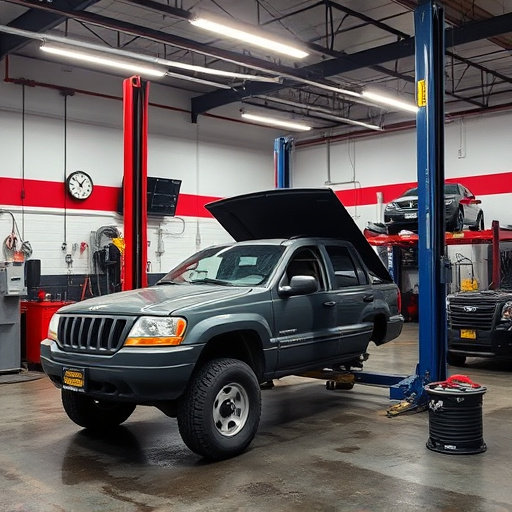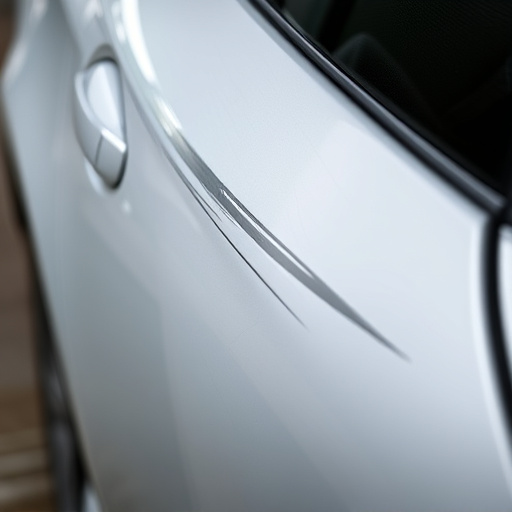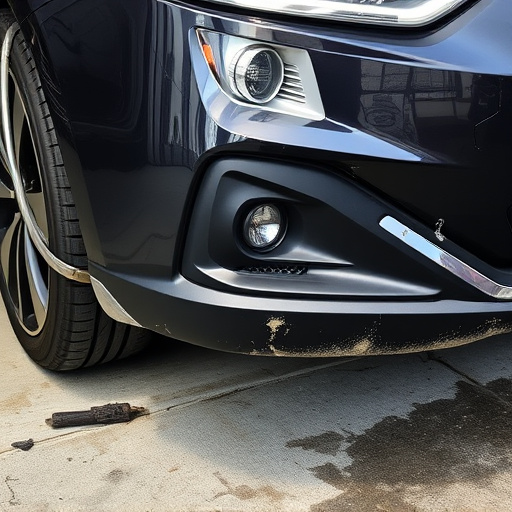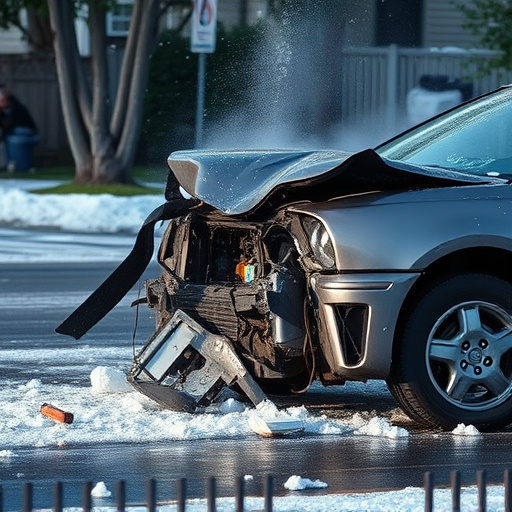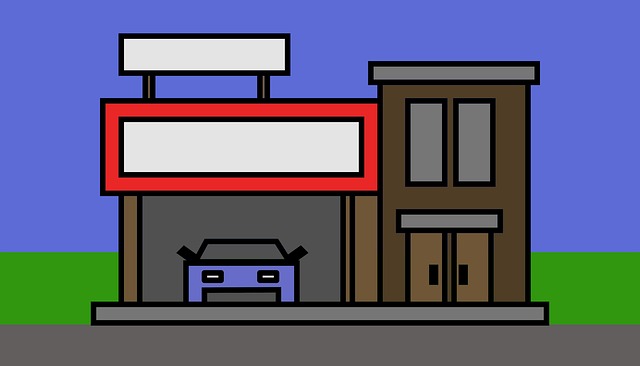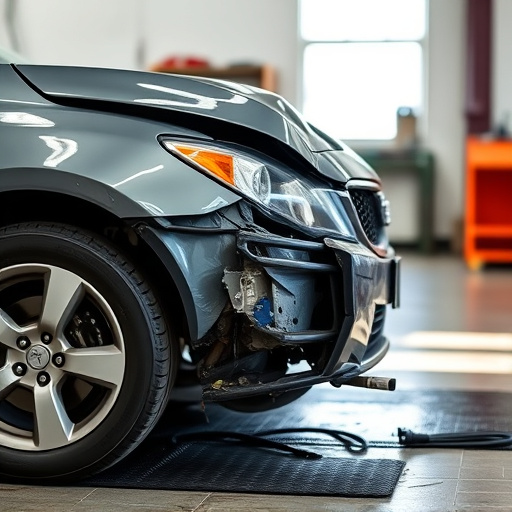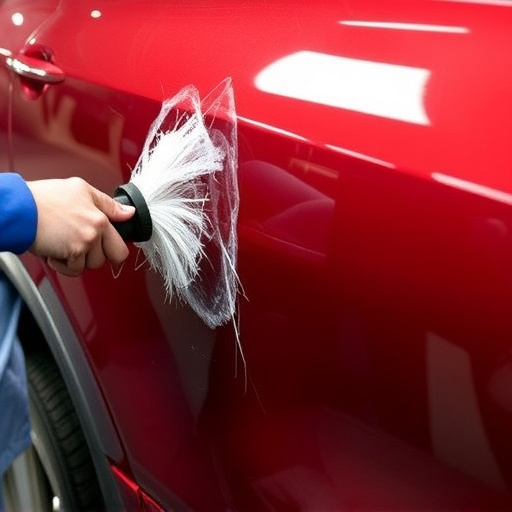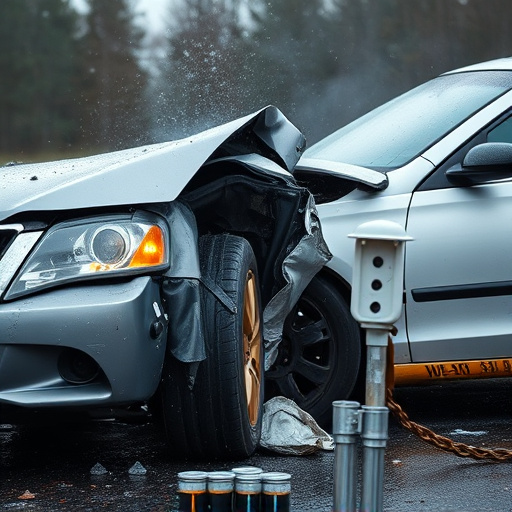After a car accident, a transmission inspection is crucial to identify and repair internal damage, prevent future complications, and ensure safe driving. Mechanics carefully examine fluid levels, belts, gears, and diagnostic tools to detect leaks or unseen damage, leading to timely, cost-effective solutions. Prioritize transmission repair alongside other essential damages for optimal vehicle reliability.
After a car accident, many drivers worry about potential damage. One critical component often affected is the transmission—a complex system vital for smooth driving. This article guides you through common transmission problems post-accident, focusing on understanding damages, what to expect during inspections, and typical repair costs. Learn how a thorough transmission inspection can reveal issues like fluid leaks, gear shifts problems, or even complete failures, emphasizing the importance of prompt evaluation for safe and reliable vehicle restoration.
- Understanding Transmission Damage After an Accident
- What to Expect During a Transmission Inspection
- Common Repairs and Their Cost Estimates
Understanding Transmission Damage After an Accident

After a car accident, understanding transmission damage is crucial for proper vehicle diagnostics and repairs. When a vehicle experiences a collision, various components can sustain injuries, including the transmission system. This intricate mechanism facilitates the transfer of power from the engine to the wheels, enabling smooth driving. In the aftermath of an accident, it’s essential to undergo a thorough transmission inspection to assess any damage or dysfunctions.
During a transmission inspection following an accident, auto repair experts will carefully examine signs of strain or failure within the system. Common issues may include fluid leaks, damaged gears, or even complete transmission failure. A qualified mechanic from a reputable auto repair shop will have the tools and expertise to diagnose these problems accurately. Prompt car collision repair is essential to prevent further complications and ensure the safety of future journeys.
What to Expect During a Transmission Inspection
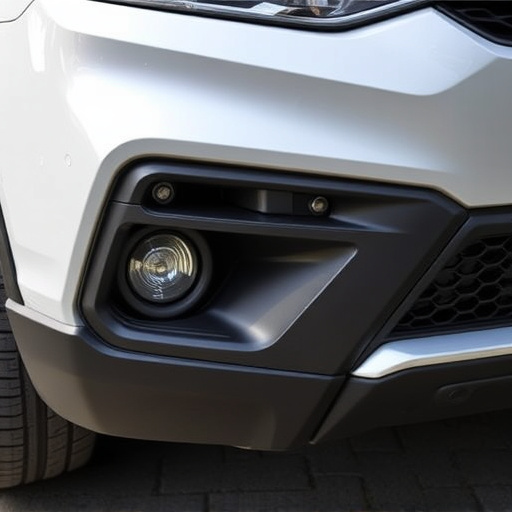
After a car accident, a thorough transmission inspection is crucial to understanding potential issues. During this process, mechanics will carefully assess several key components such as fluid levels, belts, and the condition of the gears themselves. They may also utilize specialized tools for diagnostic testing, which can identify any leaks or damage that might not be immediately apparent. In addition to checking for functional problems, the inspection also helps in gauging the extent of overall vehicle damage, including potential needs for frame straightening or automotive body work, especially if there are noticeable car scratches from the impact.
A comprehensive transmission inspection post-accident is more than just a diagnostic exercise; it’s a critical step in determining the safety and operational readiness of your vehicle. This process can reveal issues ranging from minor fluid top-ups to significant damage that may require extensive repairs, such as those needed for frame repair or scratch removal. By addressing these problems early, drivers can ensure not only the reliability of their car but also their safety on the road.
Common Repairs and Their Cost Estimates
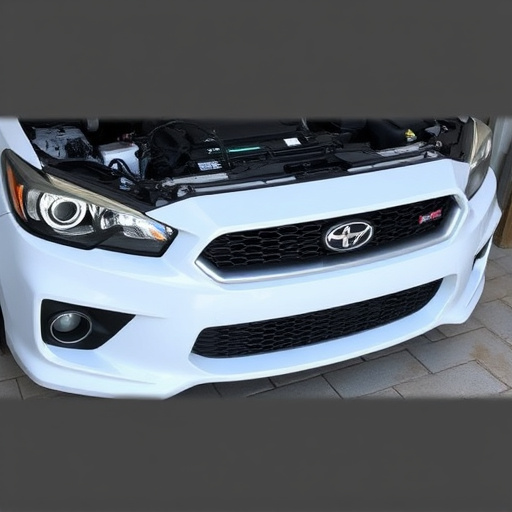
After a car accident, a transmission inspection is often crucial to identify any potential issues. Common repairs that may arise include fluid leaks and damage to internal components. A simple fluid top-up can cost as little as $50, while more complex transmissions might require a complete overhaul, which can exceed several thousand dollars.
It’s important to note that timely attention to transmission problems is essential. Delays in repair could lead to further complications and higher costs. Consider repairs alongside other accident-related damages like dent removal or fender repair. In some cases, car scratch repair might also be necessary, but transmission issues should always take priority.
After a car accident, a thorough understanding of potential transmission damage is crucial for effective repairs. A comprehensive transmission inspection should be conducted to identify issues such as fluid leaks, internal component wear, or even complete failure. By familiarizing yourself with common repair options and their associated cost estimates, you can make informed decisions regarding your vehicle’s restoration. Remember, a timely transmission inspection post-accident can significantly impact the overall health and performance of your car in the long term.
